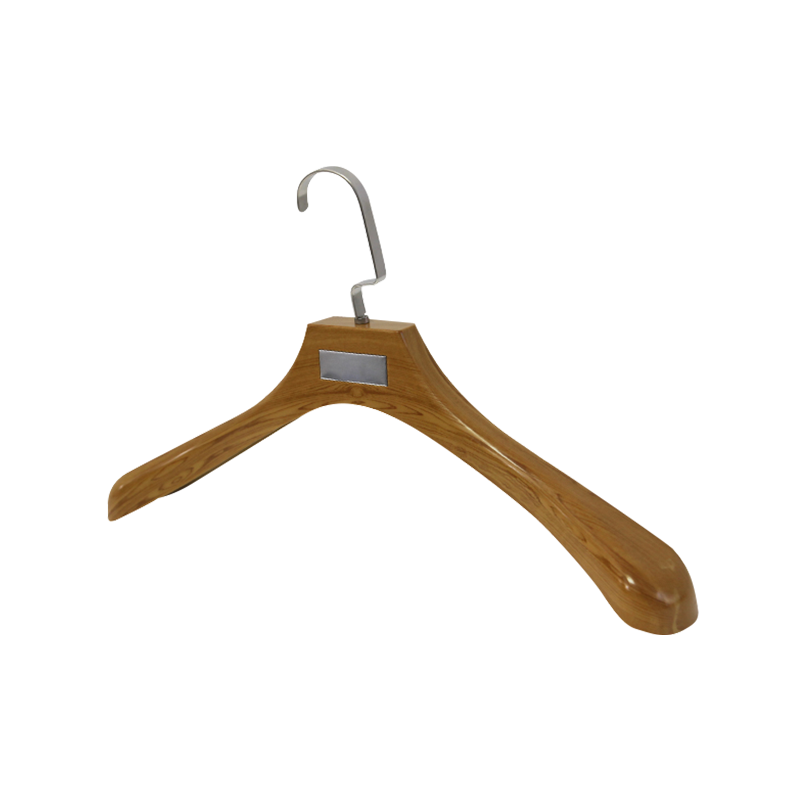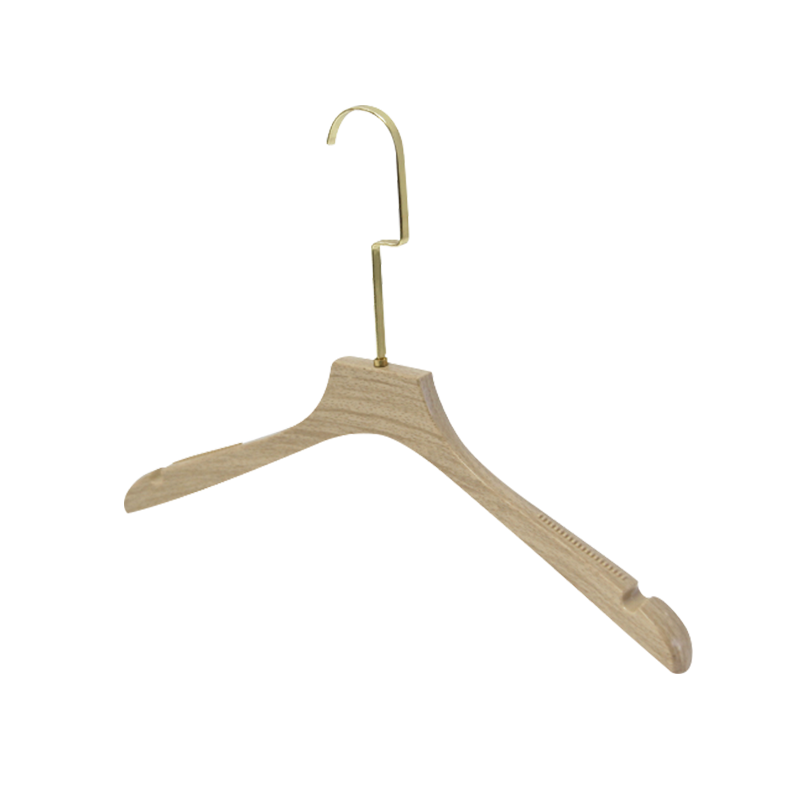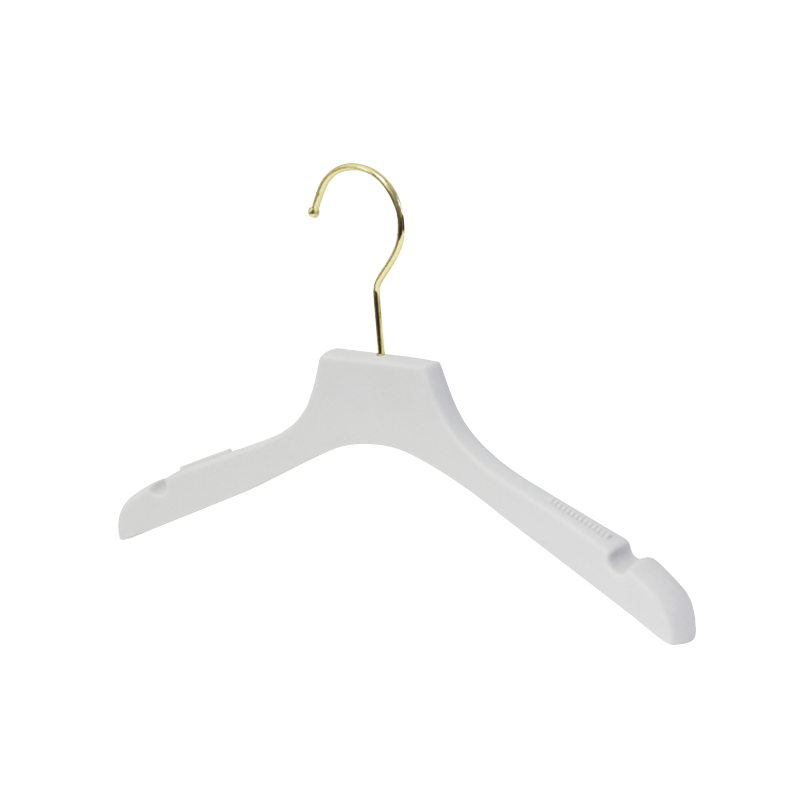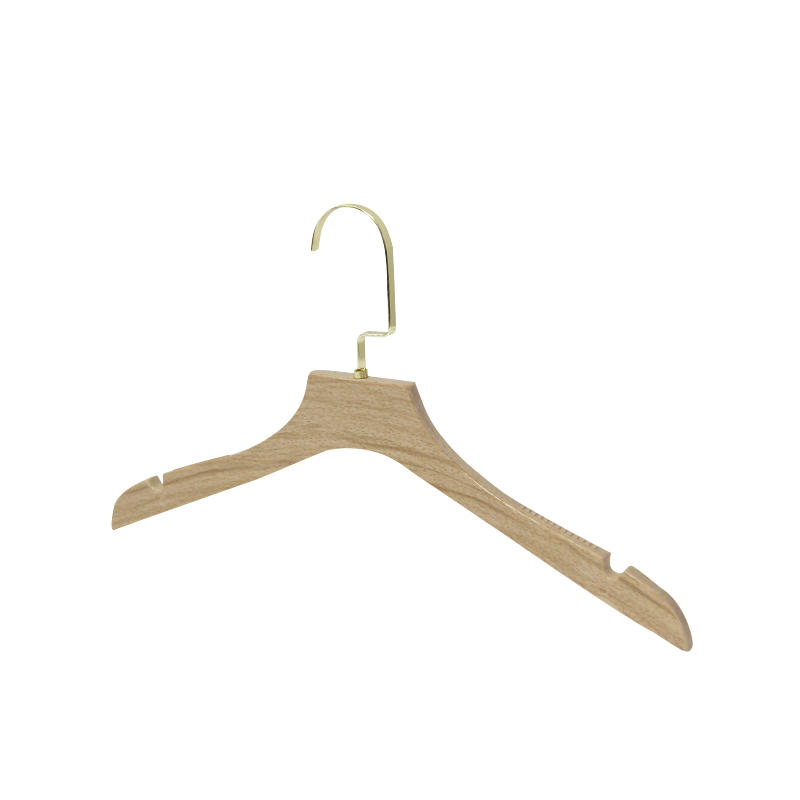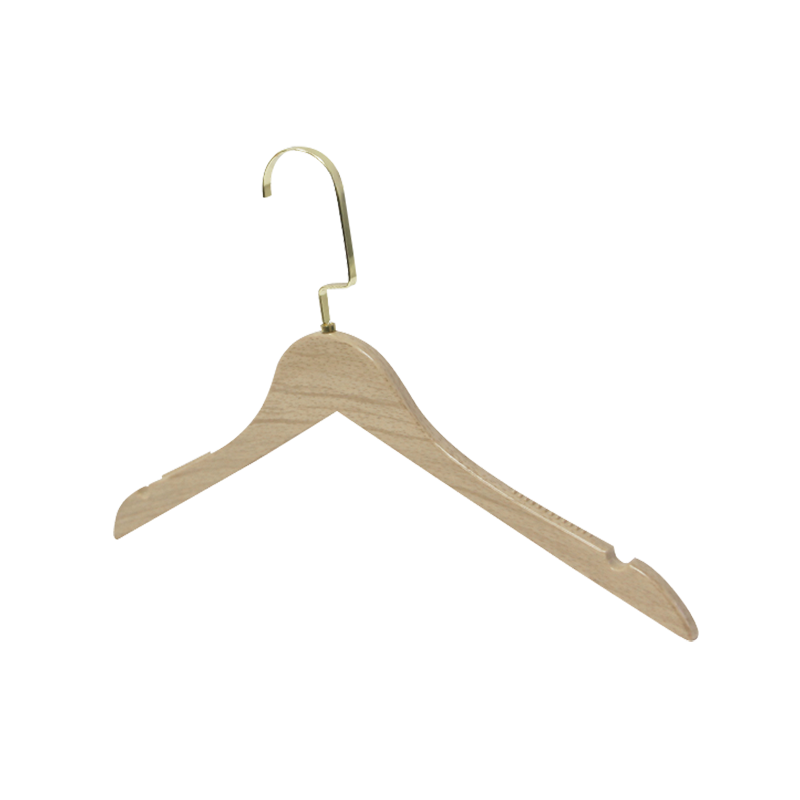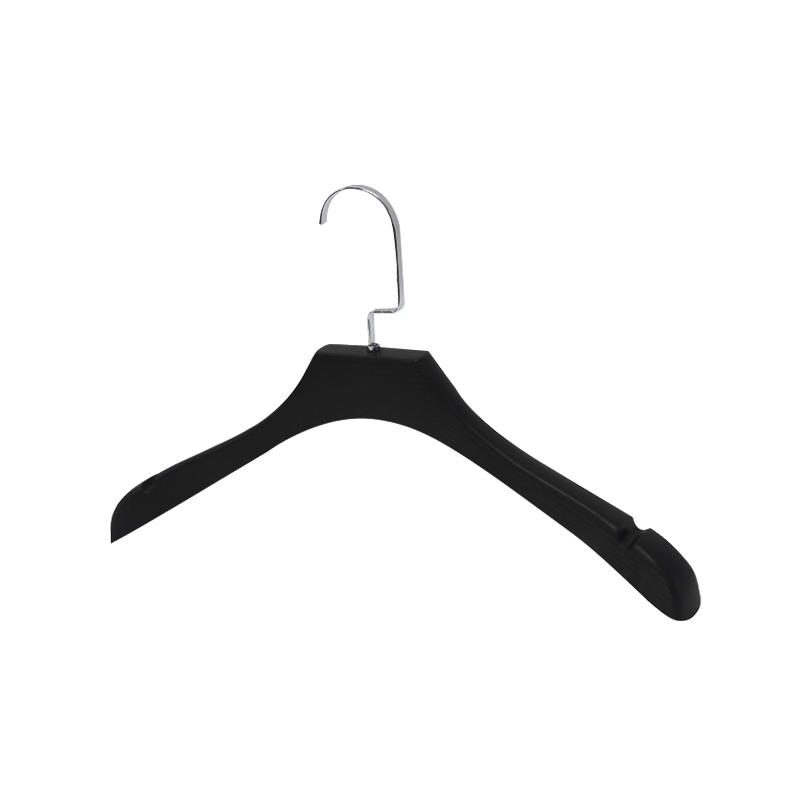Vertical garment steamers are popular appliances used to remove wrinkles, refresh fabrics, and provide gentle care for various textiles. At the heart of their functionality lies a critical yet often overlooked component—the inner liner. The inner liner plays a significant role in the steamer's performance, durability, and safety. Understanding its material composition, design, and maintenance can help users appreciate its importance and choose the right garment steamer.
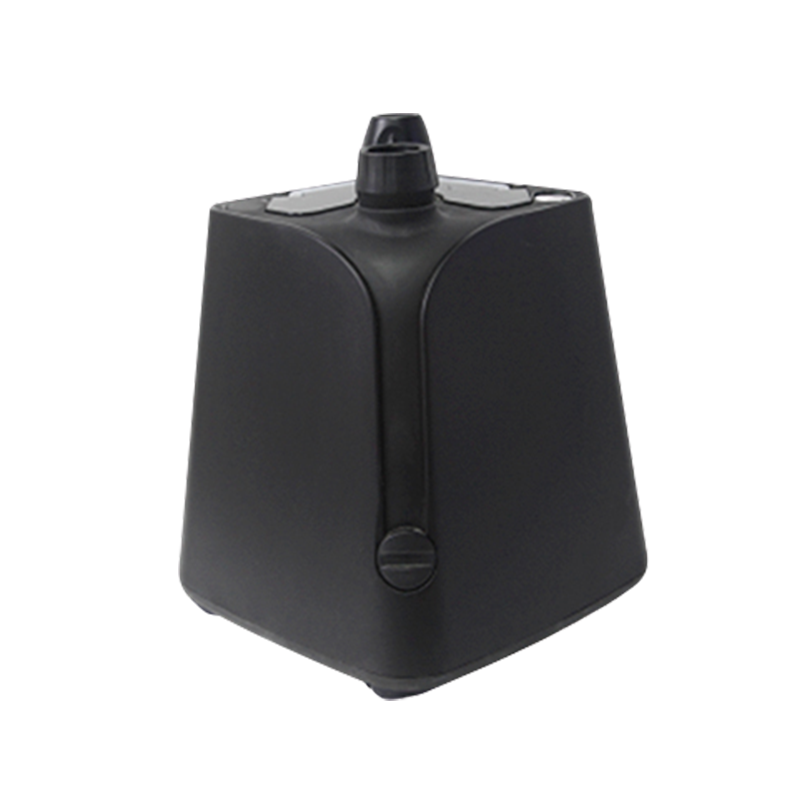
The inner liner refers to the internal surface or chamber that comes into direct contact with water and steam inside the steamer's heating element or water tank. It acts as a barrier between the water and the heating component, facilitating efficient steam generation while protecting the appliance from corrosion and damage.
The choice of material for the inner liner is critical because it must withstand high temperatures, constant moisture exposure, and pressure without degrading. Common materials used include:
Stainless Steel: Often the preferred material for inner liners due to its corrosion resistance, durability, and ability to withstand high heat. Stainless steel liners also contribute to improved steam purity since they do not react with water or emit harmful substances.
Aluminum: Some budget models use aluminum liners. While lightweight and good at conducting heat, aluminum is more prone to corrosion and may have a shorter lifespan compared to stainless steel.
Ceramic Coating: Certain high-end steamers feature ceramic-coated liners that enhance durability and resist scaling. Ceramic coatings provide a smooth surface that prevents mineral buildup, facilitating easier cleaning.
Heat-Resistant Plastics: In some portable or lightweight models, heat-resistant plastics are used for the inner liner. These are less durable than metals but reduce the overall weight of the steamer.
Choosing a steamer with a high-quality liner material ensures longer product life and consistent steam performance.
The inner liner performs several vital functions within a vertical garment steamer:
Corrosion Resistance: By protecting the heating element from direct water contact, the liner prevents rust and corrosion that could compromise the device's functionality.
Efficient Heat Transfer: The liner's material and design promote quick and uniform heat transfer, allowing water to reach boiling temperature rapidly and produce continuous steam.
Prevention of Scale Build-Up: A smooth, corrosion-resistant liner minimizes mineral deposits, especially in areas with hard water. This reduces maintenance and prolongs the steamer's operational life.
Safety Assurance: By containing the water and steam securely, the liner reduces the risk of leaks and potential electrical hazards.
Manufacturers consider various factors when designing inner liners to optimize steamer performance:
Shape and Size: The liner is shaped to fit snugly within the water tank or heating chamber, water volume without increasing device size.
Surface Finish: Polished or coated liners facilitate easier cleaning and reduce scale adhesion.
Thickness: Adequate thickness is necessary to endure repeated heating cycles while preventing deformation or damage.
Integration with Heating Element: The liner is designed to allow close contact with the heating element for effective heat conduction while ensuring electrical insulation.
Proper maintenance of the inner liner is crucial to sustaining steamer performance:
Descaling: Regular descaling with mild vinegar or commercial descaling solutions removes mineral buildup that can reduce steam output and cause damage.
Cleaning: Avoid abrasive materials that could scratch or damage the liner's surface. Instead, use soft cloths or brushes.
Water Quality: Using distilled or filtered water can minimize mineral deposits and extend the life of the liner.
Neglecting the inner liner's care may reduced steam efficiency, unpleasant odors, or even mechanical failure.



 Language
Language  English
English 中文简体
中文简体 Español
Español русский
русский
